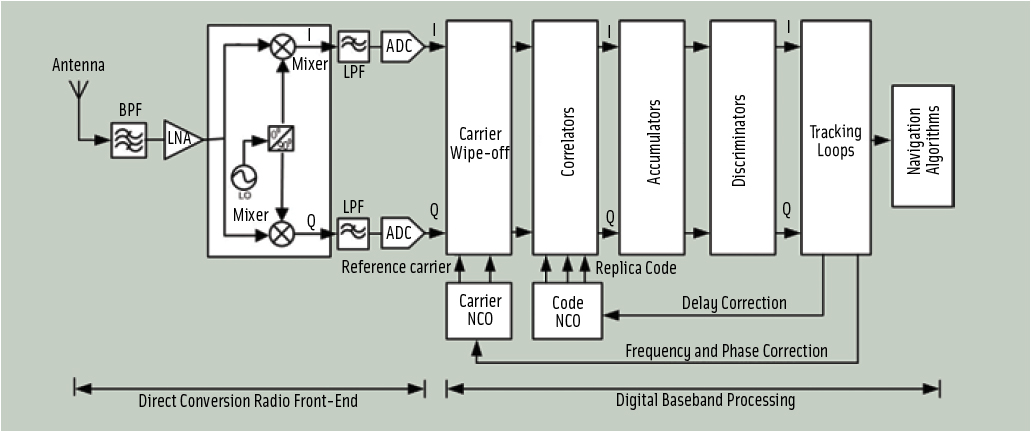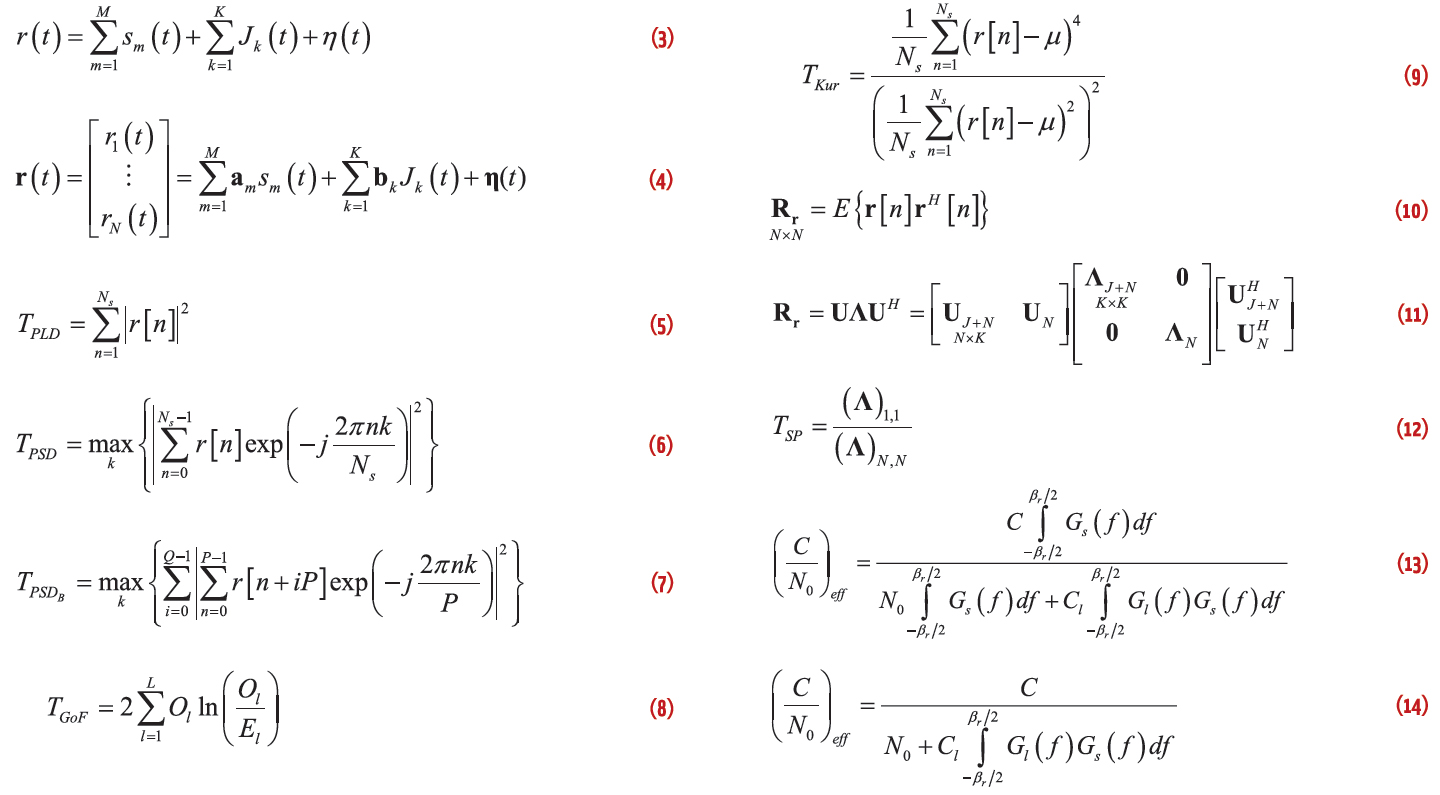Most people probably don’t associate engineers and linguistic virtuosity.
The attitude is unfair, of course, as with so many stereotypes.
And also untrue.
For example, as the number of existing or planned GNSS systems grew during the past few years, the expression “Your signal is my noise” has recurred in the engineering community with increasing frequency.
I consider that an elegant, if ominous, turn of phrase. A simple declarative sentence, pithy, with an ironic edge, yet almost lyrical.
Most people probably don’t associate engineers and linguistic virtuosity.
The attitude is unfair, of course, as with so many stereotypes.
And also untrue.
For example, as the number of existing or planned GNSS systems grew during the past few years, the expression “Your signal is my noise” has recurred in the engineering community with increasing frequency.
I consider that an elegant, if ominous, turn of phrase. A simple declarative sentence, pithy, with an ironic edge, yet almost lyrical.
And in those five words rests a nut of truth that will be hard to crack.
They point to questions of GNSS compatibility and interoperability that are being raised ever more often in more places, including the International Communications Union (ITU), which arbitrates radio frequency allocations, and the International Committee on GNSS (ICG), a UN-sponsored organization that includes all the major players in the field today.
And they raise matters involving the laws of physics as well as the laws of nations.
Inexorably, each additional signal transmitted in the same band increases the thermal noise with which GNSS receivers must deal. Moreover, the use of spread spectrum techniques within limited bandwidths inevitably constrains the ability of system providers to maintain separation between signals.
In the absence of solid agreements on how to achieve compatible, interoperable services, the addition of signals becomes a bane, not a boon, to users of any and all GNSS systems.
To paraphrase Mark Twain, RF spectrum is a valuable commodity because they have quit making it. And like land, it only becomes more valuable as it becomes more crowded.
Recent technical studies raise the possibility that there may not be room for everybody comfortably, that three constellations, for example, might be the theoretical optimum for GNSS.
Spectrum may become the new gold rush. And frenetic races to secure the benefits of GNSS — political, economic, technological, and social — could cause much damage.
Making room for all GNSS systems, therefore, will require more, not less, cooperation and goodwill.
The efforts of groups such as the ICG, the ITU, and other standards-setting organizations active in the GNSS area represent a necessary condition for securing a harmonious synergy. But, as presently conceived, they are probably not sufficient to accomplish it.
In large part, this arises from their essentially voluntary nature. Even the ITU with its comprehensive global participation of national telecommunication agencies depends upon the willing compliance of its members to ensure compatible use of spectrum.
And independent bilateral talks can be even more problematical without the moral pressure of wider participation.
Over the past three years, for instance, the European Union and China have met five times in a technical working group on BeiDou/Galileo compatibility and interoperability, trying to resolve a conflict in the proposed overlay of a BeiDou-2 signal on Galileo’s Publicly Regulated Service (PRS). Thus far, without success.
Of course, examples of successful bilateral negotiations exist, but they are necessarily partial solutions to a complex problem.
Eventually, some entity will need to evolve that can bind members, however voluntarily they join it, to mutually agreed upon terms for ensuring compatible, interoperable GNSS services.





